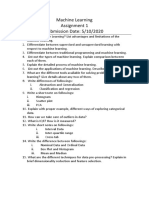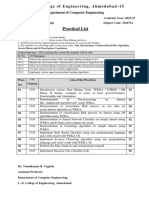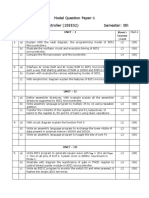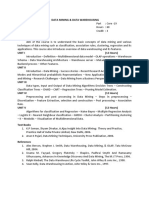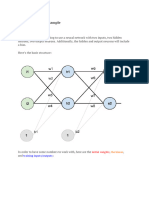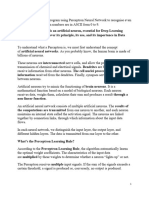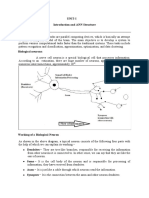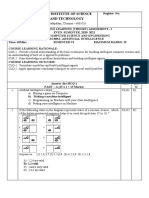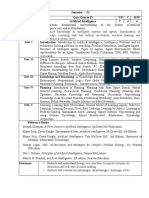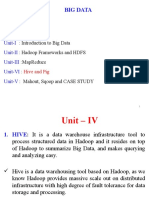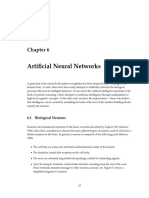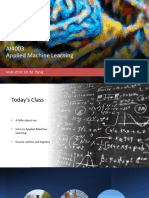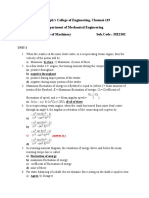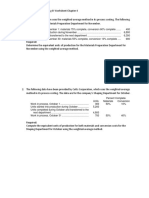100% found this document useful (1 vote)
650 views11 pagesIntro to Machine Learning Basics
The document introduces machine learning, defining it as the study of algorithms that improve performance at some task based on experience. It discusses the differences between traditional programming and machine learning, and provides examples of tasks that are well-suited for machine learning like pattern recognition, generation, and prediction. A variety of applications of machine learning are also listed, along with examples of defining learning tasks and different types of learning.
Uploaded by
yashwanthCopyright
© © All Rights Reserved
We take content rights seriously. If you suspect this is your content, claim it here.
Available Formats
Download as PPTX, PDF, TXT or read online on Scribd
100% found this document useful (1 vote)
650 views11 pagesIntro to Machine Learning Basics
The document introduces machine learning, defining it as the study of algorithms that improve performance at some task based on experience. It discusses the differences between traditional programming and machine learning, and provides examples of tasks that are well-suited for machine learning like pattern recognition, generation, and prediction. A variety of applications of machine learning are also listed, along with examples of defining learning tasks and different types of learning.
Uploaded by
yashwanthCopyright
© © All Rights Reserved
We take content rights seriously. If you suspect this is your content, claim it here.
Available Formats
Download as PPTX, PDF, TXT or read online on Scribd
/ 11



